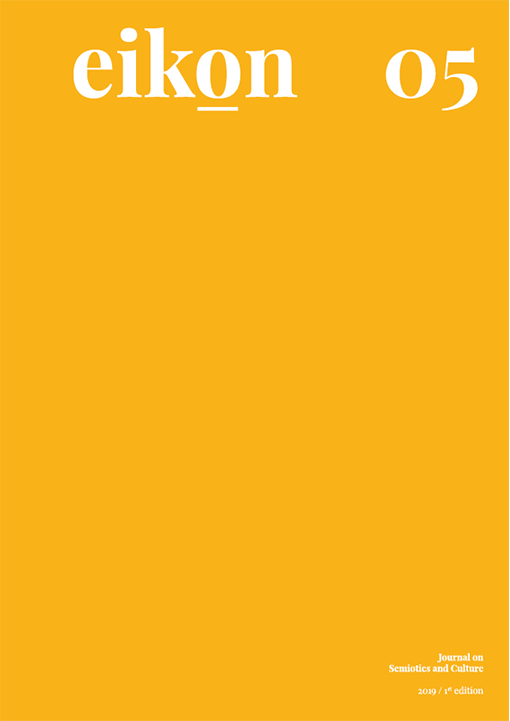The Word Design
Palabras clave:
Self-image, representation, blogs, anorexia, public communicationResumen
The paper focuses on the analysis and exploration of the word Design, questioning some of the possible associations opened by its etymological origins, polysemy and apparently intrinsic vocation to ambiguity. It doing so, it tries to find in its historical expression a contribution to better understand how its cultural impression has been processed, both as a concept and as a practice. This reflection rises from the notion that, in spite of Design’s daily omnipresence in our lives and the way it subtly or explicitly conditions an increasing and transversal number of human experiences, its pervasive nature does not translate an equally generalized perception of its action or value. Therefore, the relationship with Design tends to be determined by a lack of knowledge regarding not only the (real and potential) dimension of its impact (and, with it, the kind of responsibilities — economical, social, political, environmental,… — which can and should not be ignored), but also the multiple dimensions and the deep meanings it now represents in our contemporary world. Thus, being able to understand it becomes increasingly as important as the ability to explain and integrate it, in order to contribute to the creation of a necessary — if not urgent — Design culture.
Citas
BRAGANÇA DE MIRANDA, J. (2003). “O Design como Problema”, in Damásio, J. (Org.). Autoria e produção em televisão interactiva, Lisboa: Programa Media/ULHT, pp. 82 e ss.
CALÇADA, A. et al. (Coord.), (1993). Design em aberto. Uma antologia, Lisboa: Centro Português de Design.
FLUSSER, V. (2010). A Filosofia das Coisas. Lisboa: Edições 70.
MACHADO, J. P. (1995). Dicionário Etimológico da Língua Portuguesa (com a mais antiga documentação escrita e conhecida de muitos dos vocábulos estudados), 7ª Ed., Lisboa: Livros Horizonte.
MARGOLIN et al. (Ed.), (2000). The Idea of Design, Cambridge, Mass.: The MIT Press.
MUMFORD, L. (2001). Arte e Técnica, Lisboa: Edições 70.
PAIVA, F. (2004). O que representa o Desenho?, Provas de aptidão pedagógica e capacidade científica, Covilhã: Universidade da Beira Interior.
PAIXÃO, P. (2008). Desenho. A Transparência dos Signos, Lisboa: Assírio & Alvim.
ZIMMERMANN, Y. (1998). Del Diseño, Barcelona: Editorial Gustavo Gili.
Descargas
Publicado
Número
Sección
Licencia
Autores que publicam nesta revista concordam com os seguintes termos:
- Autores conservam os direitos de autor e concedem à revista o direito de primeira publicação, com o trabalho simultaneamente licenciado sob a Licença Creative Commons Attribution que permite a partilha do trabalho com reconhecimento da autoria e publicação inicial nesta revista.
- Autores têm autorização para assumir contratos adicionais separadamente, para distribuição não-exclusiva da versão do trabalho publicada nesta revista (ex.: publicar em repositório institucional ou como capítulo de livro), com reconhecimento de autoria e publicação inicial nesta revista.
- Autores têm permissão e são estimulados a publicar e distribuir o seu trabalho online (ex.: em repositórios institucionais ou na sua página pessoal) a qualquer ponto antes ou durante o processo editorial, já que isso pode gerar alterações produtivas, bem como aumentar o impacto e a citação do trabalho publicado (Veja O Efeito do Acesso Livre).

